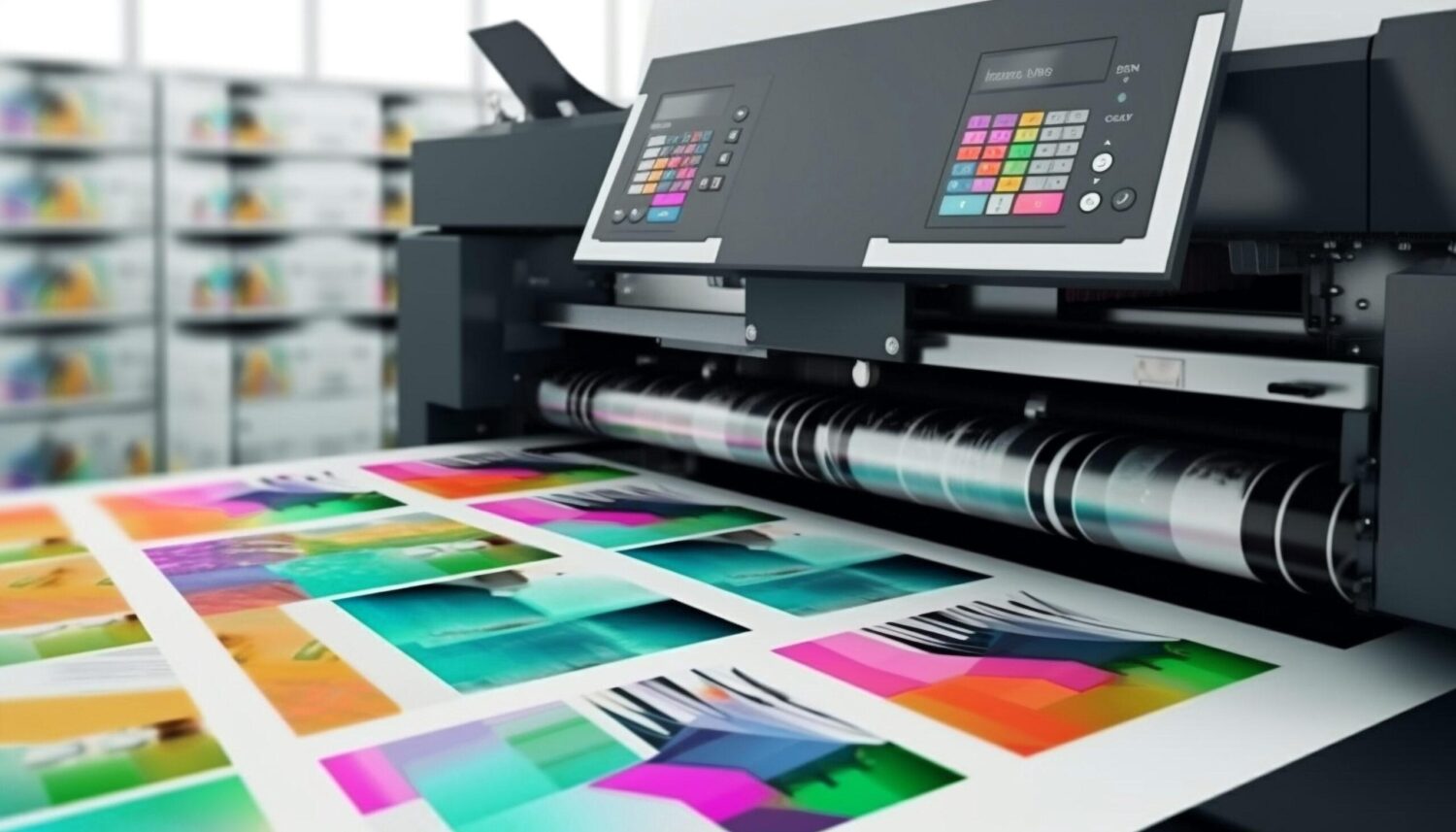Special Purpose Acquisition Companies (SPACs) have seen an unprecedented rise in popularity over the past 18 months. This article delves into what SPACs are, their historical context, and the advantages and disadvantages they present to investors.
Defining SPACs: Beyond the “Blank Check Company”
A SPAC is essentially a shell corporation established by investors with the sole purpose of raising capital through an initial public offering (IPO) to acquire an existing private company. At inception, SPACs have no operational business; their primary asset is the capital raised from investors. Typically managed by seasoned institutional investors—such as hedge funds, private equity firms, or specialized SPAC entities—they do not identify potential acquisition targets until after the SPAC has been formed.
The Mechanics of SPAC Operations
Once a SPAC goes public, the capital raised is placed into a trust account. The SPAC then has a specified timeframe, usually two years, to identify and complete a merger with a target company. If unsuccessful within this period, the SPAC is liquidated, and the initial capital—plus any accrued interest—is returned to the investors. Upon proposing an acquisition, SPAC shareholders can choose to either remain invested in the merged entity or redeem their shares for their portion of the trust account. Following a successful merger, the SPAC transitions into an operational company.
Historical Context and Recent Expansion
The concept of SPACs dates back to the early 1990s but remained relatively obscure until recent years. The past two years have witnessed a dramatic increase in SPAC activity, with 2020 setting records in both the number of SPAC IPOs and the capital raised. This surge is depicted in the table below:
| Year | Number of SPAC IPOs | Total Capital Raised (in billions) |
|---|---|---|
| 2013 | 10 | $1.4 |
| 2019 | 59 | $13.6 |
| 2020 | 248 | $83.3 |
| 2021 (as of March 3) | 207 | $66.4 |
Source: SPAC Analytics as of March 3, 2021.
Factors Fueling SPAC Popularity
The surge in SPACs can be attributed to several factors that make them attractive alternatives to traditional IPOs. For companies considering going public, SPACs offer a faster and more streamlined process. Negotiations involve a single buyer, reducing the complexity and time associated with conventional IPOs. Companies can also bypass certain underwriting fees, legal expenses, and strict disclosure requirements.
From the investors’ perspective, SPACs provide exposure to high-potential private companies with a known net asset value. Additionally, investors benefit from redemption rights, allowing them to withdraw their investment if they disapprove of the proposed acquisition.
Notable SPAC Success Stories
Several SPACs have yielded significant returns for investors. For instance, the merger of Flying Eagle Acquisition Corp. with DraftKings resulted in a stock price increase of over 600% since the merger. Other high-performing SPACs include:
- DraftKings (687% return)
- Betterware (585%)
- Iridium (570%)
- QuantumScape (501%)
- MP Materials (408%)
Critical Considerations and Risks
Despite the success stories, SPACs are not without risks. Academic studies have highlighted potential underperformance compared to traditional IPOs. As noted in a 2017 paper by Johannes Kolb and Tereza Tykvová, SPACs from 2013 to 2015 lagged behind the overall stock market and conventional IPOs in terms of performance. Furthermore, a 2020 study titled “A Sober Look at SPACs” by Michael Klausner, Michael Ohlrogge, and Emily Ruan states:
“First, for a large majority of SPACs, post-merger share prices fall, and second, these price drops are highly correlated with the extent of dilution, or cash shortfall, in a SPAC.”
The paper suggests regulatory reforms to enhance transparency and eliminate preferential treatments currently afforded to SPACs.
Fee Structures and Investor Dilution
SPACs often involve substantial fees and potential dilution for investors. While underwriting fees are generally around 5-6%—slightly lower than the typical 7% for traditional IPOs—the “promote” can significantly impact returns. The sponsor’s promote usually consists of 20% of the SPAC’s shares as an incentive fee. This means that if a SPAC raises $100 million and acquires a company for the same amount, sponsors receive an additional $20 million worth of shares, diluting the value for other investors.
Conclusion: Weighing Opportunities Against Risks
SPACs have undeniably changed the landscape of public offerings, offering both opportunities and challenges. For private companies, especially those backed by venture capital, SPACs provide an alternative exit strategy that avoids the complexities of traditional IPOs. However, investors should remain cautious, thoroughly assessing the risks, fees, and the track record of the SPAC’s management team before committing capital. In this evolving market, due diligence and careful manager selection are paramount to achieving favorable investment outcomes.




